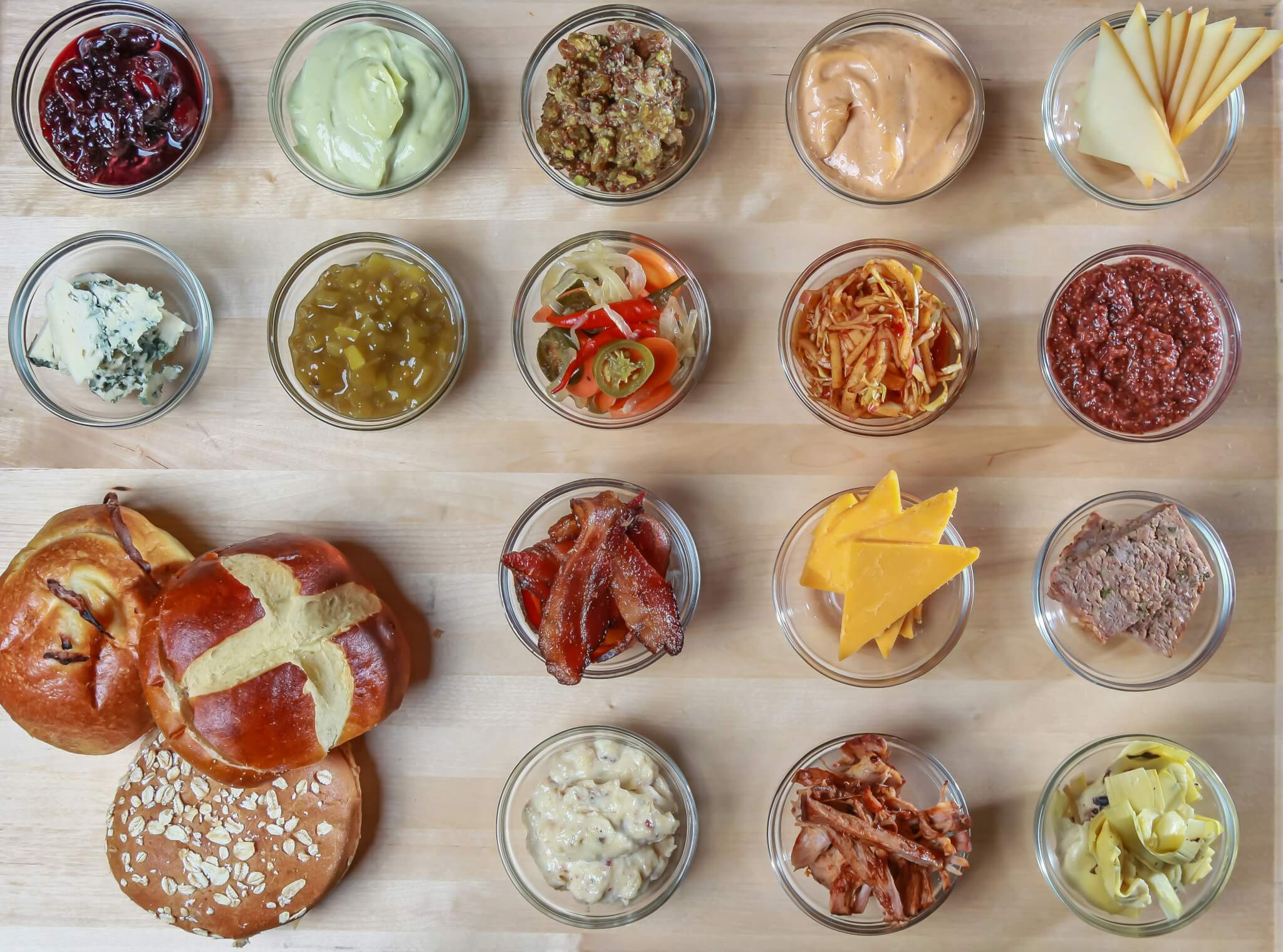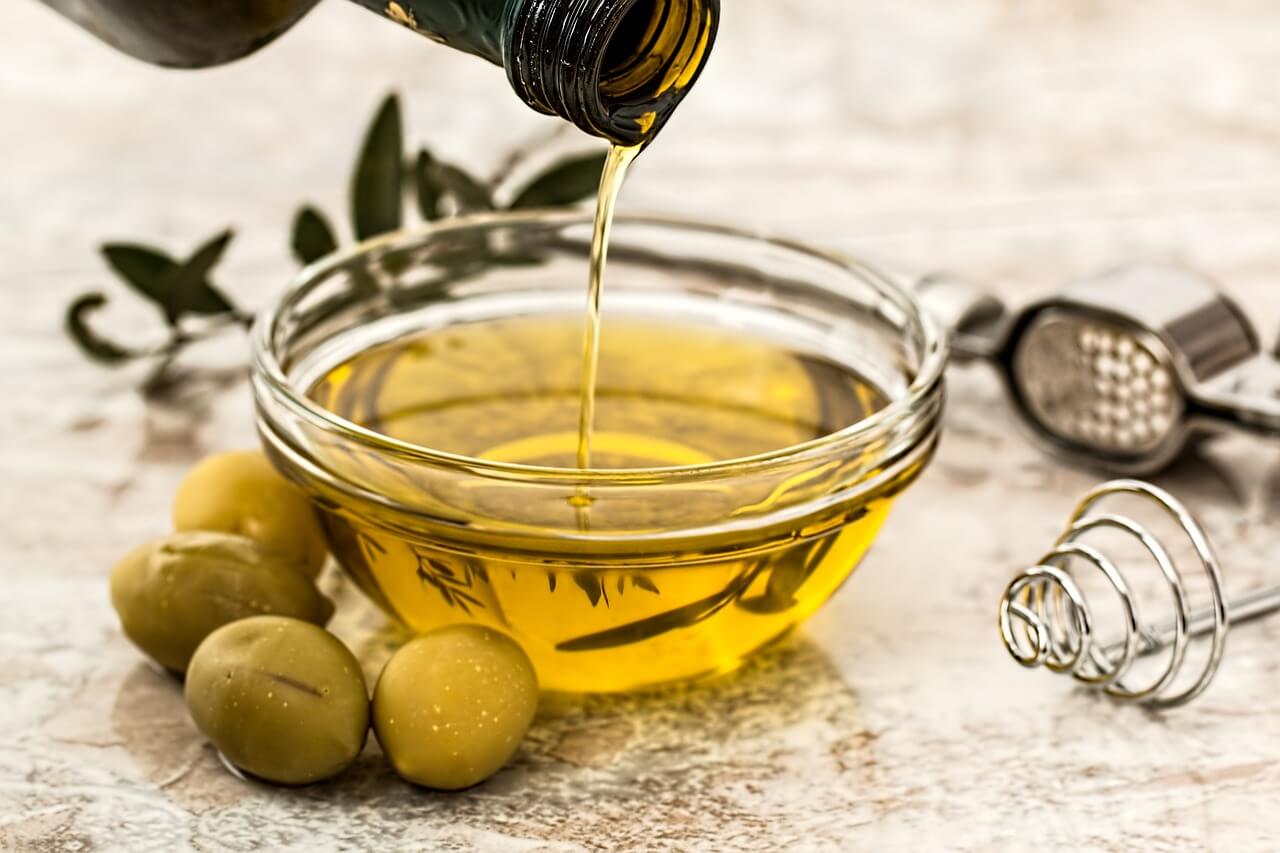Red meat and CVD

As tasty as a well-cooked beef steak is, as surprising are its effects on metabolism. Immediately after ingestion, the resident intestinal bacteria begin to function to break it down. As it metabolizes the amino acids L-carnitine and choline, they produce a metabolic byproduct called trimethylamine, which the liver converts to trimethylamine-N-oxide (TMAO) and sends it into the bloodstream.
According to new research from the University of Boulder, Colorado and published a few days ago in the American Heart Association Journal, suggests that this compound, produced in the gut when we eat red meat, damages our arteries and may play a key role in cardiovascular disease risk with age.
It is also believed that people may be able to prevent or even change these effects through dietary changes and even targeted therapies, such as new nutritional supplements.
“Our work shows for the first time that this compound not only directly affects the function of the arteries, but can also contribute to the deterioration of the cardiovascular system that occurs naturally with age,” said lead author Vienna Brunt, a researcher at Department of Integrative Physiology.
Previous studies have shown that people with higher levels of OMA in the bloodstream are twice as likely to have a heart attack or stroke and tend to die earlier. Until this study, scientists did not understand exactly why, or what was the mechanism behind this.
Based on animal experiments, Brunt and her team set out to answer three questions: does TMAO somehow affect our vascular system? If so, how? And why does cardiovascular health deteriorate as we age, even among people who exercise and do not smoke?

The researchers measured the blood and arterial health of 101 older adults and 22 young adults and found that TMAO levels increase significantly with age. This is consistent with a previous study in mice, which shows that the intestinal microbiome – or its own collection of intestinal bacteria – changes with age, growing more bacteria that help produce TMAO.
The new study found that adults with higher blood levels of AMD had significantly weaker arterial function and showed greater signs of oxidative stress or tissue damage in the lining of blood vessels.
When the researchers fed young mice TMAO, they found that their blood vessels aged rapidly.
“Just changing the diet with TMAO has aged the mice,” Brunt said. She noted that 12-month-old mice (the equivalent of humans around 35 years old) looked more like 27-month-old mice (80 years old in humans) after consuming TMAO for several months.
Preliminary data also show that mice with higher levels of OMA have decreased learning and memory, suggesting that the compound may also play a role in age-related cognitive decline.
Instead, in older mice that ate a compound called dimethyl butanol, which is found in olive oil, vinegar, and red wine, vascular dysfunction was reduced. Scientists believe that this compound prevents the production of OMA.
This study is an important finding, because it sheds a lot of light on why our arteries erode with age, even in the case of healthy people.
“Aging is the biggest risk factor for cardiovascular disease, primarily due to oxidative stress for our arteries,” Seals said. “But what causes oxidative stress to develop in our arteries as we age? This has been the unknown. The research team is now exploring compounds that could block the production of OMA to prevent age-related vascular decline.”
For now, the most convenient solution is a diet composed of many vegetables and fruits, which can keep the TMAO levels under control, and the Mediterranean diet is the best option that corresponds to this recommendation.
Source here











